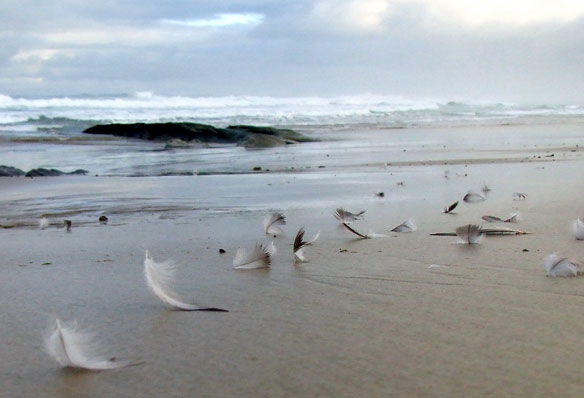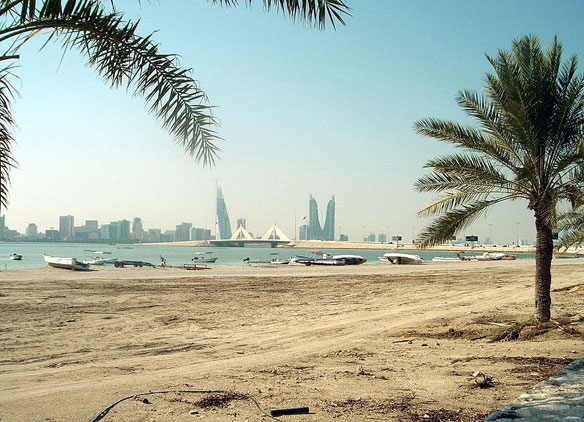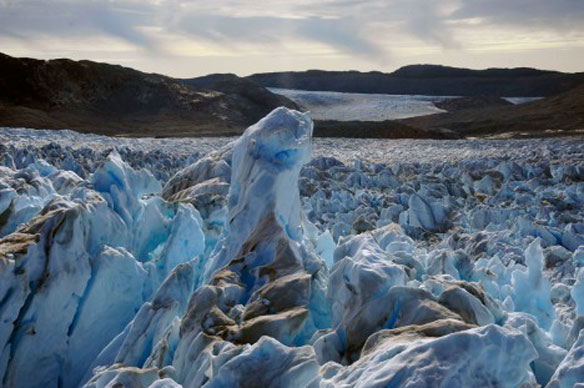World Headed for a High-Speed Carbon Crash

If global carbon emissions continue to rise at their current rate, humanity will eventually be left with no other option than a costly, world war-like mobilisation, scientists warned this week.
Fukushima Nuclear Plant Set For Risky Operation

More than two years after an earthquake and tsunami brought disaster to a nuclear plant in eastern Japan, operators TEPCO announced plans to begin the painstaking and dangerous process of removing fuel rods from a crippled reactor at the site. Meanwhile, the site continues to be plagued by leaks of radioactive water flowing into the Pacific Ocean…
3D-Printed Artificial Reefs Bring Back Sea Life in Persian Gulf

Reef Arabia, a team of artificial reef designers that includes reef experts from Bahrain as well as members from Australia’s Sustainable Oceans International, has started 3D printing reef formations and sinking them off Bahrain’s coast, where overfishing has had a major impact on the health of marine life there.
Super-Typhoon Haiyan Maintain Strength Crossing Philippines

Super-Typhoon Haiyan slammed into the eastern Philippines as the strongest tropical cyclone of the year, and is now exiting the country and moving into the South China Sea. NASA’s Aqua satellite captured visible and infrared data of Hiayan after it made landfall near Leyete, identifying the extent of its power.
Antarctic Glacier Flow Controlled by Speed Bumps Below

Narrow ribs of dirt and rock beneath Antarctic glaciers help slow the glaciers’ flow into the sea, according to new research from scientists at Princeton University and the British Antarctic Survey. Understanding the factors that control the glaciers’ flow to the sea is important because their melting contributes significantly to sea level rise.
